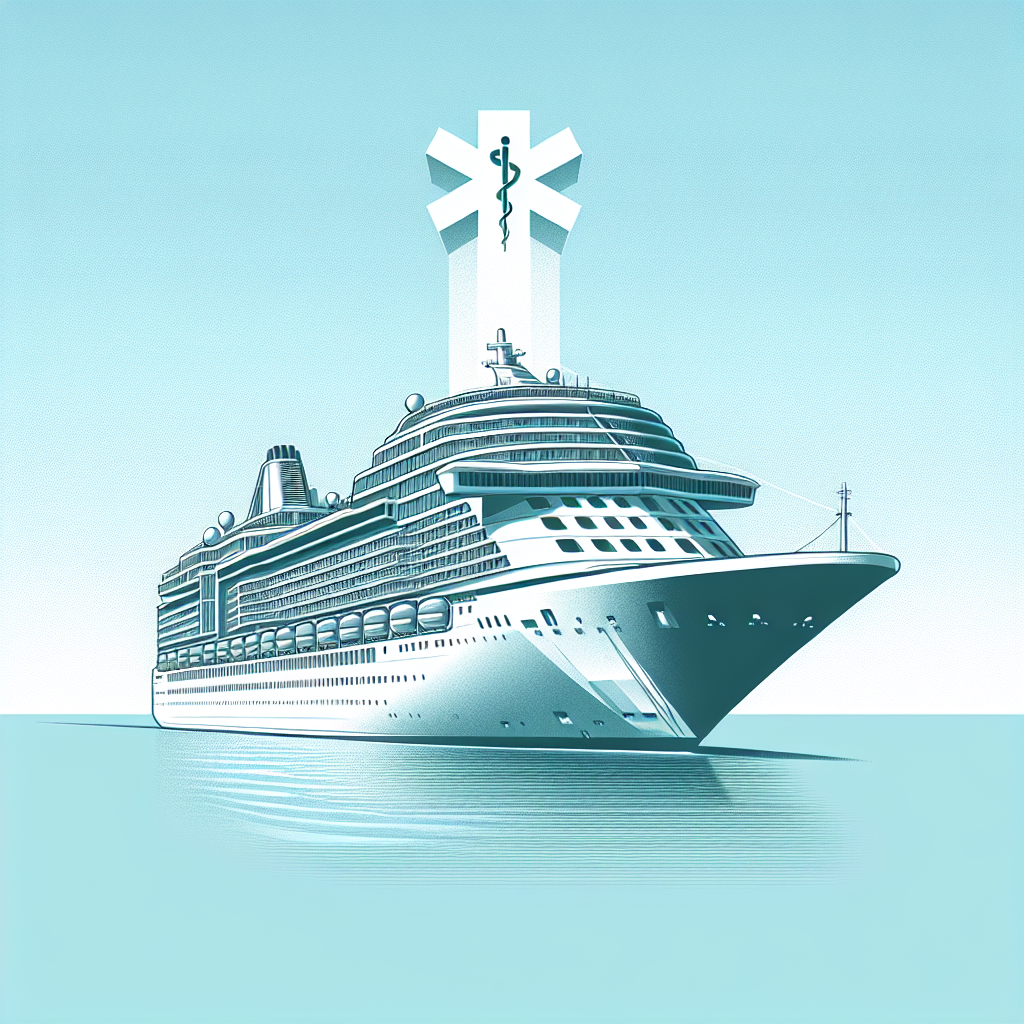An estimated 34.7 million people are expected to embark on cruise trips in 2024, according to the Cruise Lines International Association (CLIA). However, passengers should be cautious, as they may face substantial medical bills.
Ensuring careful review of the cruise line’s terms, especially regarding medical care, is crucial for any cruise-goer. Failure to do so might lead to unexpected costs, as illustrated in the case of Vincent Wasney. Uninsured during his cruise in December 2022, Wasney experienced seizures and required evacuation for medical care. He was handed a $2,500 bill for onboard medical services before departing the ship.
Royal Caribbean’s policy mandates guests to settle all onboard costs before the cruise ends. Even insured passengers might incur significant expenses during medical emergencies, as most cruise ships do not accept health insurance.
Understanding how medical care operates on cruise ships is essential.
Common health concerns on a cruise include ailments typically seen in emergency departments and urgent care centers, such as chest pain, abdominal pain, fever, injuries, and mental health issues, according to Joe Scott, chair of the cruise ship medicine section of the American College of Emergency Physicians (ACEP). The Centers for Disease Control and Prevention (CDC) warns that shipboard environments can facilitate the spread of various diseases.
CLIA members must adhere to medical facility guidelines set by ACEP, ensuring at least one qualified medical professional is available around the clock. Cruise ships must have an examination room, an intensive care room, and necessary medical equipment. Larger ships are equipped to manage emergencies for a few days, with about 95% of conditions being treated onboard, according to the CDC.
Cruise ships generally do not accept health insurance due to the diverse international passenger mix and varying coverage policies. This policy minimizes administrative burdens, encouraging guests to seek reimbursement upon returning home. However, coverage can vary; for instance, Medicare does not cover services obtained more than six hours away from a U.S. port.
Purchasing a travel insurance plan that covers medical expenses is advisable. Premiums for these plans might be high, but they can save travelers thousands during emergencies. Scott recommends choosing plans that cover pre-existing conditions and the destinations visited, emphasizing sufficient medical evacuation coverage. Air evacuations can be costly, ranging from $20,000 to $100,000 depending on the location.
To protect yourself, Scott suggests bringing extra medication, a list of prescriptions, medical conditions, and doctor contact information. Frequent hand washing, staying hydrated, and knowing one’s physical limits are also recommended preventive actions.
In summary, being prepared and understanding the medical policies and facilities of cruise ships can help mitigate potential health risks and financial burdens during a cruise.
